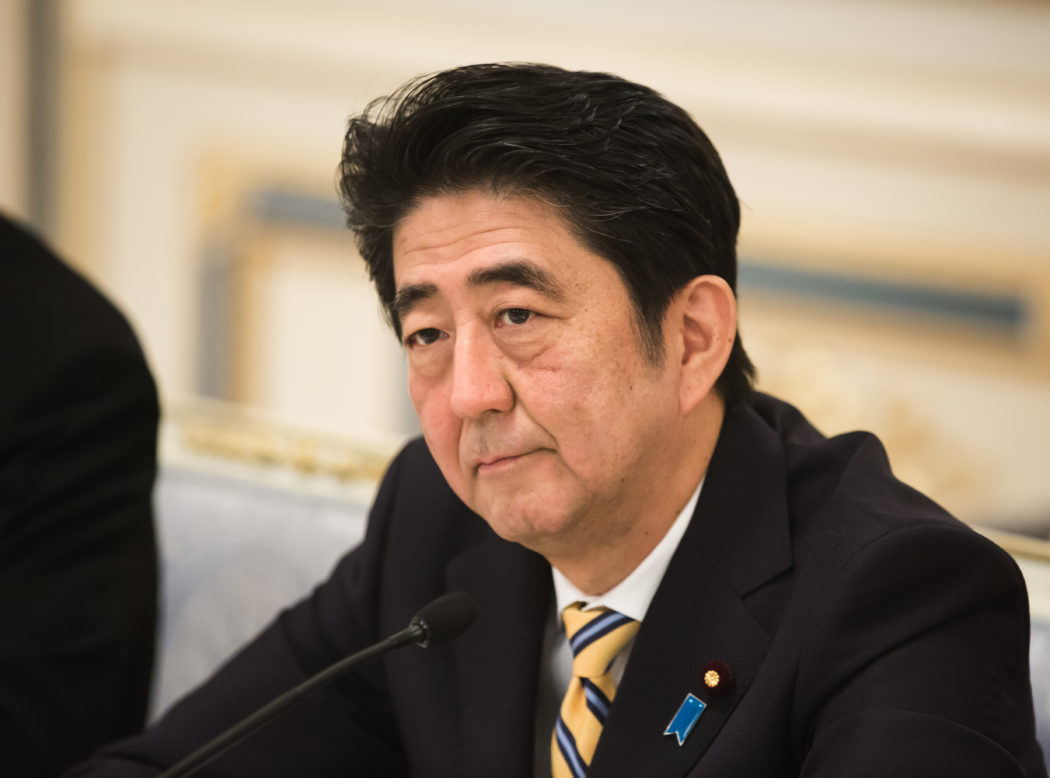Australia has more than a passing interest in the success or otherwise of ‘Abeconomics’ – the economic plan named after Japanese Prime Minster Shinzo Abe. There no doubt that China is replacing Japan as the main driver of Australia resource export development – playing a similar role now that Japan played in the 1960s and 1970s – and there are also signs that AEAN and India under Prime Minister Modi – is on the march as well. But the economic ties between the Japan and Australia are still close.
A little over a year ago, the two nations signed an Economic Partnership Agreement a comprehensive form of Free Trade Agreement. There’s plenty on offer with the Japan Australia Economic Partnership Agreement (JAEPA), particularly in agriculture and services. Australia has been seeking cuts in tariffs and non-tariff barriers and more openness in Japan’s previously closed rural and services markets for some time whilst Japan is needs energy security from Australia – particularly in terms of liquefied natural gas (LNG) given stiff competition from both South Korea and China. Both nations are seeking to expand investment in each other’s countries through JAEPA and initial results appear promising? Or while it’s too early to be conclusive, both nations believe the FTA has delivered some early promise particularly as survey results from the DHL export barometer and other show that more Australian exporting businesses are looking at the Japanese market than ever before.
Then there is foreign direct investment. Whilst Japan is a major investor in Australia, Australian companies could invest more in Japan. And with a more open Japanese economy there should be more opportunity for Australian businesses to work in-market in Japan. According to research by the Australian Bureau of Statistics (ABS) only 3016 Australian businesses export goods to Japan (compared to 5853 to China, 5294 to Hong Kong and 6181 to Singapore) and according to Sensis 14 per cent of all Australian exporting small and medium enterprises (SMEs) sell to Japan. Furthermore, very few Australian companies base themselves there fewer than 100 Australian businesses have offices or investments in Japan (compared to over 3000 in China for instance) despite Japan having a long-held position as Australia’s number one export destination until very recently.
There is also potential for stronger financial sector ties. As pointed out by Huw McKay and Malcolm Cook in a paper for The Lowy Institute, Australia and Japan are the leaders of the region when it comes to the size and sophistication of their financial markets. China may be growing but their market is still in its early stages of development. Japan and Australia could play a key leadership role in financial issues facing the Asia Pacific region particularly as there have been frequent calls for reform of the world’s major economic institutions such as the International Monetary Fund, the World Bank and the G20.
Like many nations, Japan underwent an astonishing transformation in the post war decades. But since the deflation of the 1990s, the country has struggled to find a durable path to sustainable growth. If the negative growth recorded in Q4 marks an unfortunate return to form, Japan’s regional trading partners and even global economy will also feel the impact.
Watch Tim’s visit to the thriving city of Tokyo and find out the ins and outs of business in Japan from all sorts of local and international experts.

